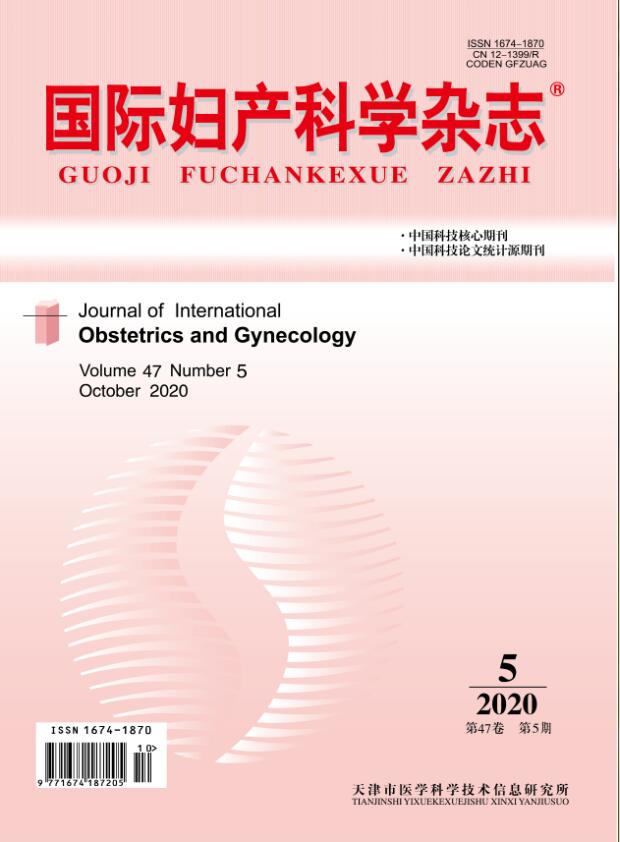|
|
Different Degrees of Psychological Stress on Stress Hormone Level of HPA Axis and Ovarian Reserve Function in Mice
LIU Yan, CHENG Rui, SUN Ruo-yun, MA Rui-hong, XIA Tian
2020, 47 (3):
311-314.
Objective: To investigate the changes of the related indexes of the serological related different degrees of psychological stress, the changes of the serum sex hormone levels in mice and the morphological changes of the ovaries under light microscope by establishing the model of psychological stress in mice. Methods: A total of 80 SPF grade healthy female ICR mice with a age of 4-5 weeks were collected. They were randomly divided into 4 groups, 20 in each group, giving different degrees of stimulation in 4 weeks, making the animal models of the psychological stress mice. The ovarian tissue was taken to make paraffin sections, and the histological and morphological changes of ovary were observed under light microscope. Result: After 4 weeks of stimulation, the level of 4 groups of stress hormones [corticotrophin releasing hormone (CRH), adrenocorticotropic hormone (ACTH), corticosterone (CORT)] and sex hormones [follicle stimulating hormone (FSH), luteinizing hormone (LH), estradiol (E2), anti-Mullerian hormone (AMH)] was statistically significant (P<0.05). With the increase of psychological stress, the levels of serum stress hormones in mice increased gradually (Ptrend<0.01), and the levels of sex hormones gradually decreased (Ptrend<0.01). The stronger the degree of psychological stress, the less the growth follicles at all levels under the light microscope, and the more the follicles are blocked. Conclusions: The stronger the level of psychological stress, the more active the HPA axis, and the more obvious the inhibition of the HPO axis, which makes the sex hormone secretion in mice and abnormal follicular development, resulting in decreased ovarian reserve function, which affects its reproductive function.
Related Articles |
Metrics
|

